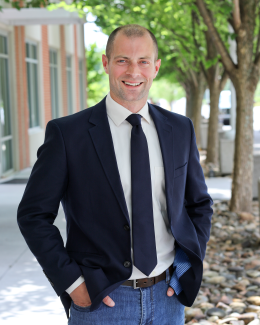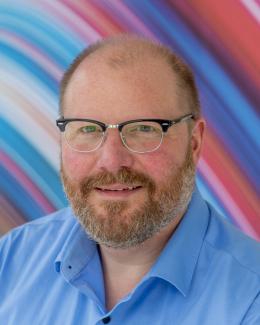A new study by ORNL has revealed a more practical way to share secret messages among three parties by including the laser itself as a third active participant. Their approach could ultimately lead to better cybersecurity for the electric grid and other energy assets. Credit: Genevieve Martin/Oak Ridge National Laboratory, U.S. Dept. of Energy
Scientists at Oak Ridge National Laboratory studying quantum communications have discovered a more practical way to share secret messages among three parties, which could ultimately lead to better cybersecurity for the electric grid and other energy assets. Current protocols such as quantum key distribution, a prevailing approach in cybersecurity research, are designed for only two parties and, in one instance, uses a pair of light particles called entangled photons. Securely extending quantum cryptography to three parties usually requires the difficult step of creating a three-photon entangled state. “In our experiment, we were able to add the laser source as a third active participant while only needing to produce one pair of photons,” said ORNL’s Brian Williams, lead author of the study published in Physical Review A. “Our method removes the need for producing a third photon, which dramatically improves operation efficiency.” This finding could inspire improved security for existing and future computer networks.






